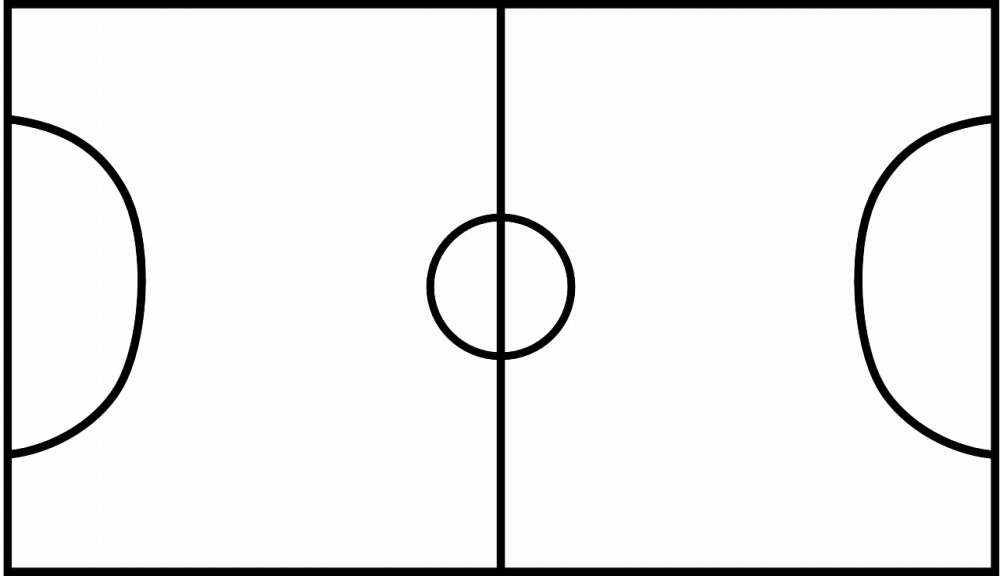England’s Men’s National Football Team: A Comprehensive Guide to Players

An Overview of England’s Men’s National Football Team
Introduction:

The England Men’s National Football Team, also known as the Three Lions, represents England in international football competitions. With a rich history and a passionate fan base, the team has made a significant impact on the world of football. This article aims to provide a thorough understanding of England’s national team, including player types, popularity, quantitative measurements, differences between players, and historical implications.
Presenting England’s Men’s National Football Team
Roles and Types of Players:
England’s national team consists of various types of players with specific roles on the field. These roles include goalkeepers, defenders, midfielders, and forwards. Goalkeepers are responsible for preventing goals and making crucial saves, while defenders focus on defending against opponents and intercepting passes. Midfielders play a vital role in controlling the game, providing both defensive support and creating scoring opportunities. Forwards, on the other hand, are primarily responsible for scoring goals.
Popularity and Public Opinion:
England’s national team has a massive following, with millions of fans across the country and abroad. Popular players often become national icons, adored by supporters. The team has seen legendary players like David Beckham, Wayne Rooney, and Steven Gerrard, who have left an indelible mark on both domestic and international football. These players’ skills, charisma, and contributions to the national team have solidified their popularity and earned them a special place in fans’ hearts.
Quantitative Measurements of England’s Men’s National Football Team
Performance Metrics:
Quantitative measurements play a crucial role in evaluating the performance of England’s national team. These metrics include goals scored, assists made, successful passes, successful tackles, and clean sheets. These statistics provide insights into players’ contributions on the field and help define their impact on the team’s overall performance. Coaches and fans closely analyze these metrics to understand players’ strengths and weaknesses and make informed decisions.
Differentiating England’s Men’s National Football Team Players
Individual Playing Styles:
While all players on England’s national team share a common goal, they often have distinctive playing styles that set them apart. Some players excel in their speed and agility, making them formidable opponents in one-on-one situations. Others showcase exceptional ball control and dribbling skills, allowing them to navigate crowded areas with ease. Additionally, players may have varying attributes in terms of precision passing, vision, and decision-making abilities, further differentiating them from their teammates.
Tactical Roles and Formations:
England’s national team employs various tactical formations, which require players to adapt to specific roles on the field. For instance, in a 4-3-3 formation, players have specific responsibilities, such as providing width on the wings or occupying central areas. Different formations demand different skill sets, positioning, and teamwork, resulting in players with unique contributions to the team’s overall strategy.
A Historical Analysis of England’s Men’s National Football Team Players
Advantages and Disadvantages:
Throughout history, England’s national team has had players who brought both advantages and disadvantages to the field. Some players stood out for their exceptional goal-scoring abilities, leading the team to victory. Others were renowned for their defensive prowess, providing stability and preventing opponents from scoring. However, with the advantages also came drawbacks, such as players prone to injuries or those lacking consistency in their performances. These historical factors have shaped England’s national team and defined its successes and failures in various competitions.
Conclusion:
England’s Men’s National Football Team boasts a rich history, passionate fan base, and a diverse group of players that have left an indelible mark on the sport. From legendary icons to rising stars, the team continues to captivate fans with its performances. Understanding the different player roles, popularity, quantitative measurements, variations between players, and historical implications provides a comprehensive insight into the dynamics of England’s national team. As football enthusiasts, let us celebrate the Three Lions’ achievements and eagerly await the success that lies ahead.





















